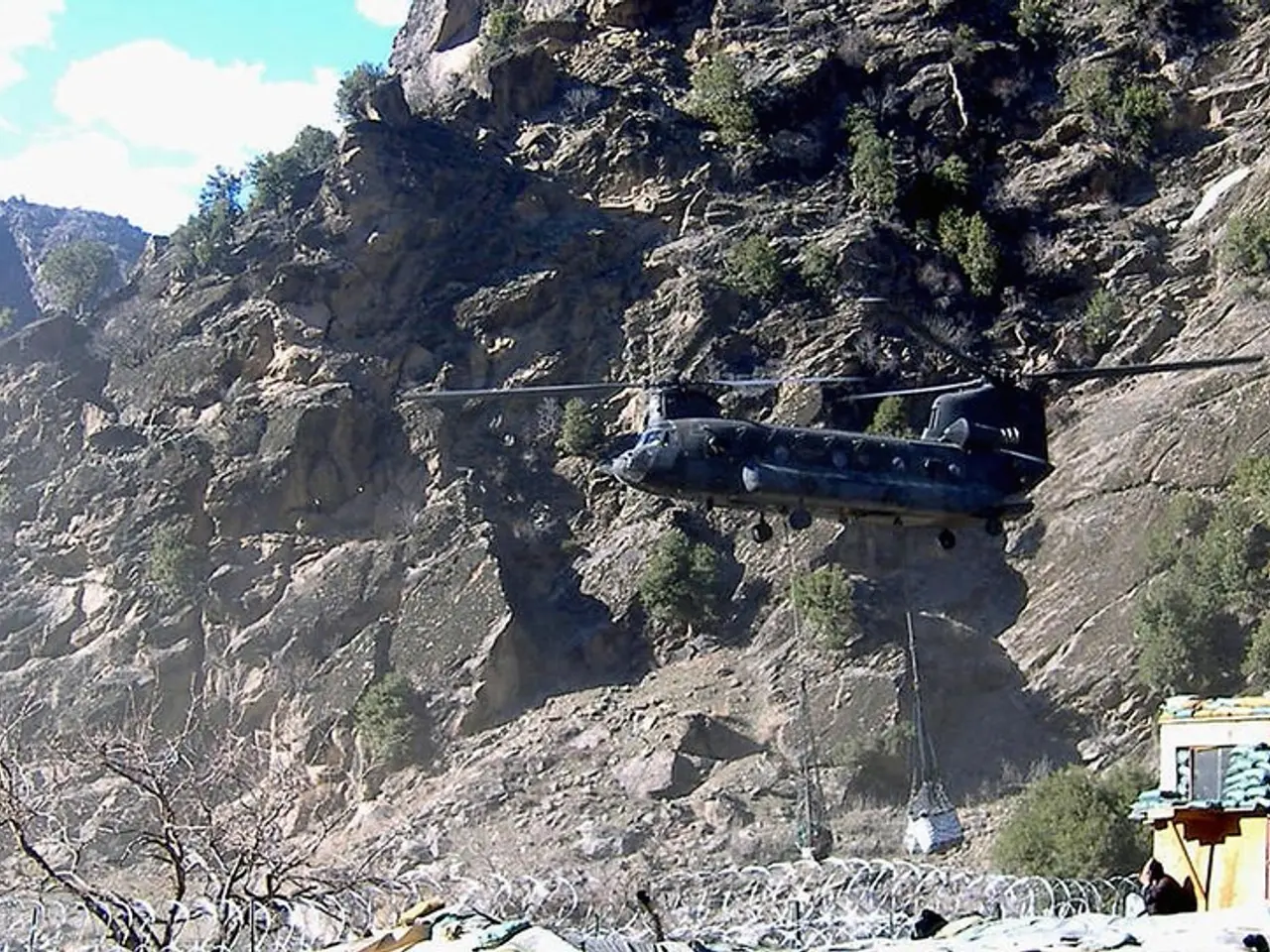Aircrafts avoid soaring over Tibet due to a unique combination of factors.
Avoiding the Roof of the World: Why Passenger Planes Don't Fly Over Tibet
Passenger planes steer clear of the Tibetan region, a plateau known as the "Roof of the World," due to the unique challenges it presents to aircraft safety in emergency situations.
The extremely high elevation of the Tibetan plateau, with an average altitude exceeding 4,500 meters (about 15,000 feet), poses serious risks related to cabin pressurization and engine performance.
One of the main dangers is the limited emergency descent options. In the event of an engine failure or sudden cabin depressurization, pilots must descend rapidly to breathable altitudes. Over Tibet’s high plateau, the terrain is so elevated that the available altitude margin for emergency descent is minimal, leaving very little room for safe maneuvering.
Another issue is the thin air and low oxygen levels. The air density at these altitudes is much lower, which negatively affects engine thrust and efficiency. Jet engines rely on air intake; thinner air means less oxygen, which can cause a loss of power or even engine flameouts.
Cabin pressurization constraints also pose a challenge. Aircraft cabins are pressurized to simulate lower altitudes, but continuous exposure to extreme external altitude at Tibet’s heights stresses these systems and could increase risks if pressurization fails unexpectedly.
These factors, combined with complex weather and limited aviation infrastructure over the Tibetan airspace, lead commercial airlines to avoid routes directly over Tibet for passenger safety. Instead, flights are routed around the plateau to maintain safer operating conditions.
Modern passenger aircraft cabins are pressurized for flight, but the capacity of the oxygen system is sufficient only for 15-20 minutes. In case of a cabin pressurization system failure, the aircraft must descend to an altitude of 10,000 feet (3,000 meters).
Single-engine aircraft may struggle to maintain altitude in emergency situations, especially when one engine fails. Twin-engine aircraft offer a safer alternative in such scenarios.
The lack of air travel over Tibet can be seen on maps, where flights appear to circle around the region. Despite air travel being a fast but costly means of connecting people globally, with routes designed in the shortest possible way, the safety concerns related to Tibet’s unique geography and environment make it a route to be avoided.
- The unique challenges presented by the Tibetan region, particularly in relation to engine performance, cabin pressurization, and available emergency descent options, make it a difficult terrain for aerospace technology and finance, as commercial airlines prefer to route flights around the plateau instead of directly over it.
- The thin air and low oxygen levels in the Tibetan plateau, combined with the complex weather conditions and limited aviation infrastructure, pose significant risks for the technology and finance sectors, as the air density at these altitudes negatively impacts engine thrust and efficiency, and can cause a loss of power or engine flameouts.








